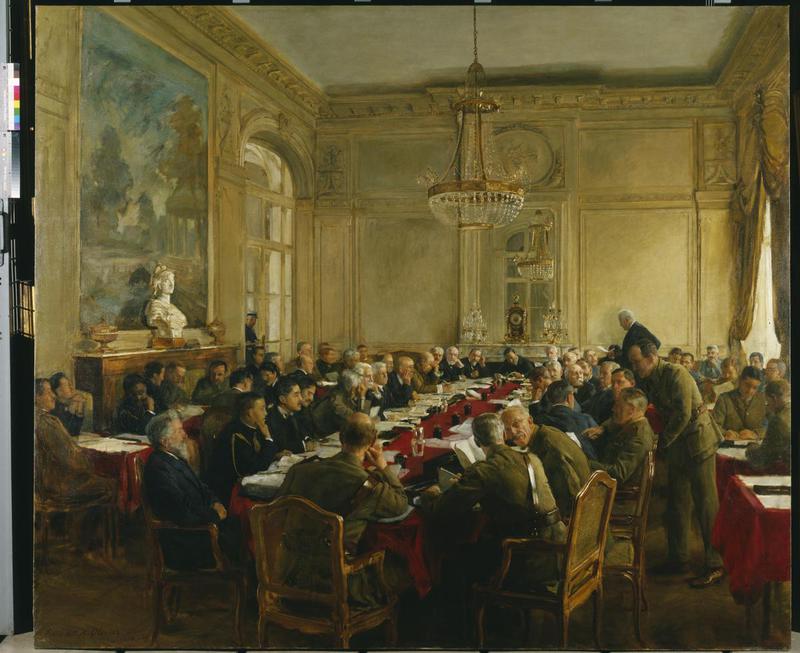After the Dust Settled
The First World War officially came to an end when the armistice, an agreement to cease the fighting, was signed on 11th November 1918. Delegates from 32 countries met in Paris in January 1919 to negotiate a peace treaty that was hoped to ‘end all wars’.
An agreement, the Treaty of Versailles, was finally reached and signed by Germany and the Allies on 28 June 1919 at the Palace of Versailles, in France. The treaty included a number of controversial clauses; Germany was forced to admit to full responsibility for the war, pay reparations for damage caused and dissolve her empire.
The League of Nations, an international organisation, was established at the Paris Peace Conference and its primary goal was to maintain world peace. But 21 years later the world would go to war once again
The Great War left the world devastated; more than 65 million men fought of whom 9 million were killed, 2 million died of illness and disease, 21.2 million were wounded, and 7.8 million were taken prisoner or missing. The scale of loss had never been experienced before.
After the war, the poppy was one of the only plants to grow on what were once the battlefields of the Western Front. The poppy has become the symbol of those killed in the war.
DID YOU KNOW...?
Irish artist William Orpen was commissioned to record the peace conference through his paintings.
A New Society
Before the Representation of the People Act was passed in 1918, only 60% of men over 21 were able to vote. The Act gave the vote to women over the age of 30 and all men over the age of 21. This inclusion almost trebled the number of voters in Britain from 7.7 million to 21.4 million.
Life in Britain changed dramatically during and after the First World War with previously under-represented groups, namely women and the working class, becoming more vocal and organised. The breakdown in class and gender divisions was spurred on by the role women played during the war and the cross-class experiences of trench warfare.
Although there was not a swift return to normality in Britain after the war, with unemployment reaching its highest point in 1921 since records began and many women forced to cede their jobs to returning soldiers, the British population led much healthier lives after the war.
The Wind on the Downs
Marian Allen (1892-1953)
I like to think of you as brown and tall,
As strong and living as you used to be,
In khaki tunic, Sam Brown belt and all,
And standing there and laughing down at me.
Because they tell me, dear, that you are dead,
Because I can no longer see your face,
You have not died, it is not true, instead
You seek adventure some other place.
Tat you are round about me, I believe;
I hear you laughing as you used to do,
Yet loving all the things I think of you;
And knowing you are happy, should I grieve?
You follow and are watchful where I go;
How should you leave me, having loved me so?
We walked along the towpath, you and I,
Beside the sluggish-moving, still canal;
It seemed impossible that you should die;
I think of you the same and always shall.
We thought of many things and spoke of few,
And life lay all uncertainly before,
And now I walk alone and think of you,
And wonder what new kingdoms you explore.
Over the railway line, across the grass,
While up above the golden wings are spread,
Flying, ever flying overhead,
Here still I see your khaki figure pass,
And when I leave meadow, almost wait,
That you should open first the wooden gate.


